The Castillo de Tiscar is near the shrine of the same name, 15 kilometers south of Quesada. It is set on a precipitous ridge overlooking the Tiscar river
By Nick Nutter | Updated 25 Jun 2022 | Jaén | Places To Go |
Login to add to YOUR Favourites or Read Later
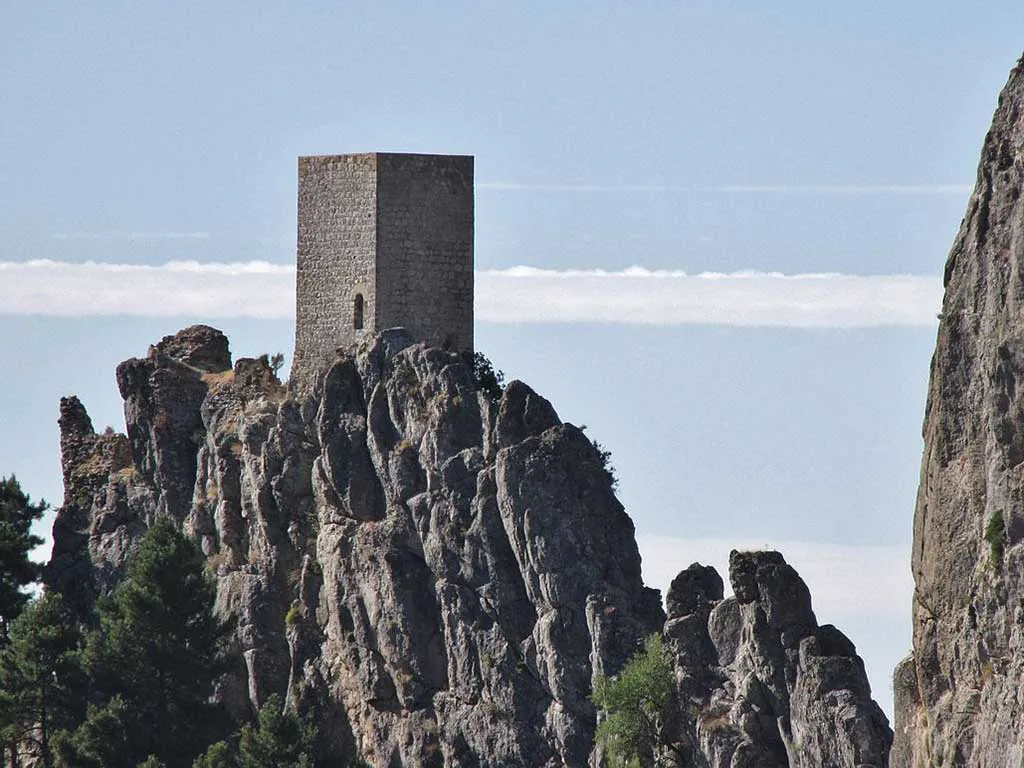
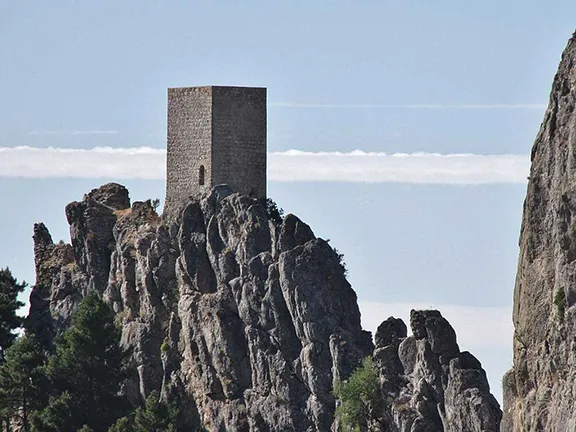
Castillo de Tiscar
The Castillo de Tíscar, also known as Peñas Negras Castle, is located near the shrine of the same name, 15 kilometers south of Quesada. It is set on a precipitous ridge overlooking the Tiscar river.
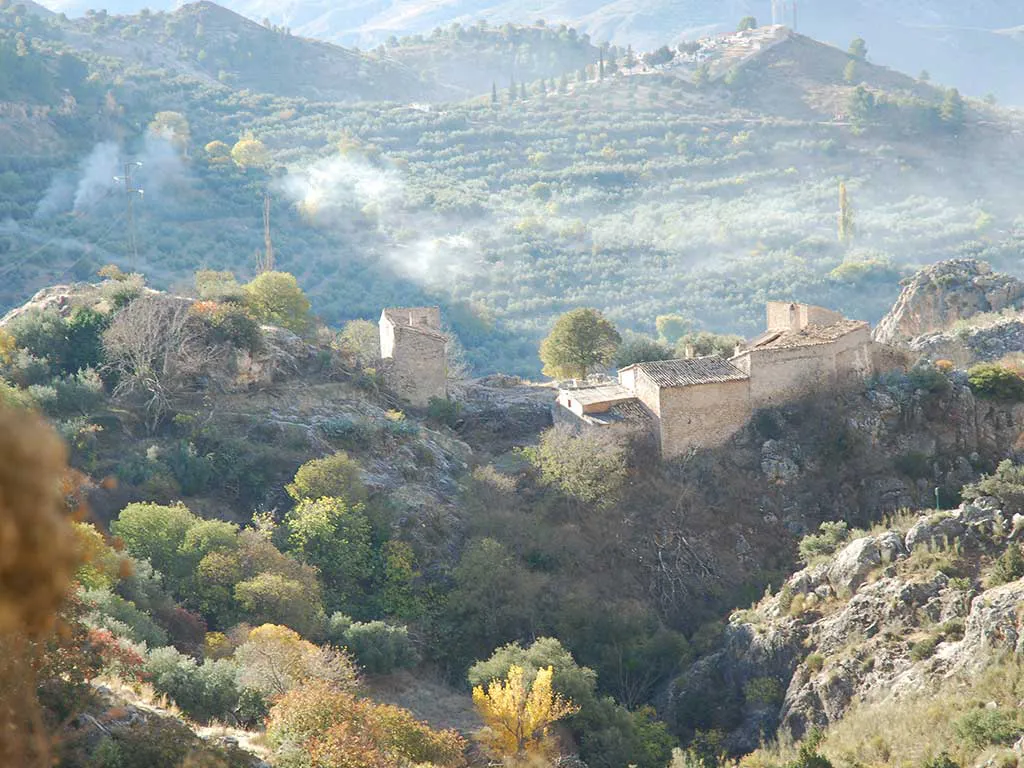
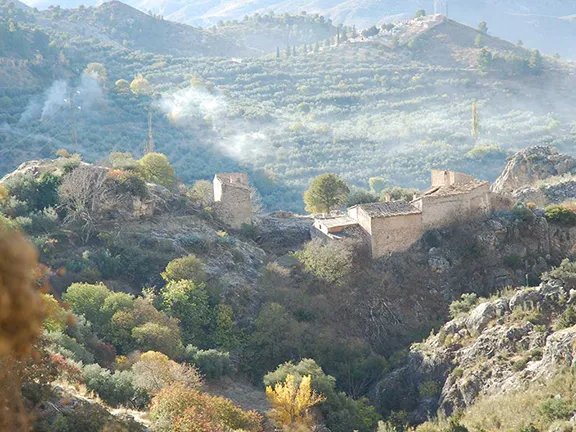
Castillo de Tiscar
Tiscar Castle dates to at least 876 AD, when it is reported that Cordovan troops arrived there and destroyed the castle while fighting against the rebels. In 1224, it was conquered by Ferdinand III who entrusted it to Archbishop Ximénez de Rada in 1231 when it became the headquarters of Adelantamiento de Toledo in Cazorla.
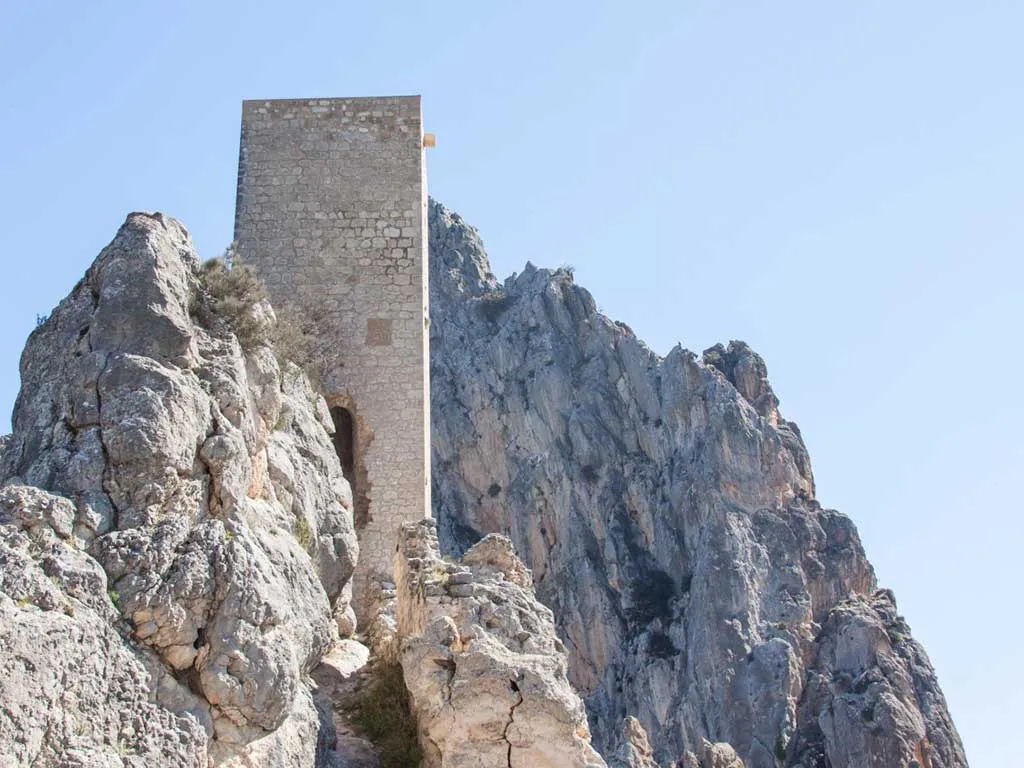
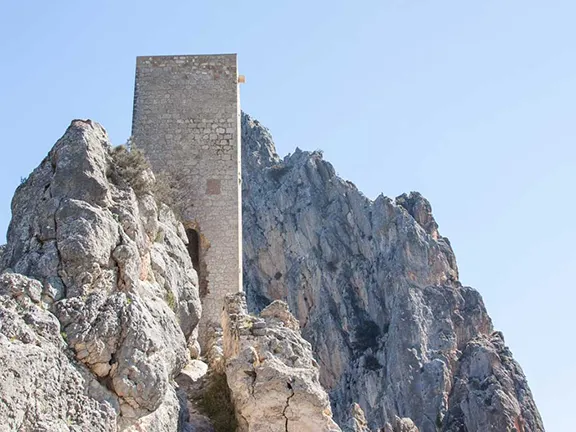
Castillo de Tiscar
Soon afterwards the castle was again taken by the Muslims. In 1319, Prince Peter the Cruel (later Pedro I king of Castile and León) attacked the castle and defeated Governor Mohamed Andón’s soldiers, following which he deported all the Muslim population to Baza.
There are two legends attached to the castle that originated after the attack by Ferdinand III.
Tiscar Castle was reputed to be impregnable and, if you look at the remains today, you can see why. After many days of fighting and many deaths, the Christians soldiers were ready to retreat.
But that very same night, one of the squires in Ferdinand’s army called Pedro Hidalgo took advantage of the dark night to climb Peña Negra. At the top, there was a tower guarded by ten Muslim sentinels. If the tower could be taken then the castle would fall.
Pedro climbed the rock with the sword in his mouth. Upon finding all of the sentinels sleeping, he cut their throats, despite being exhausted from the climb.
After finishing the massacre he went to sleep. At dawn, Pedro started to throw the sentinels’ severed heads, from the top of Peña Negra. Muslims were not unnaturally, disconcerted. The Christians breached the fortified enclosure, took control of it and expelled more than 5000 Muslims that were defending it. All good legends have a little exaggeration.
From that day on, and due to his great feat, Pedro Hidalgo was known as Pedro Diez.
The defender of the castle, Mohammed Andón, saw a vision of the Virgin of Tiscar who advised him to surrender to avoid further deaths on both sides. Mohammed declined and, enraged, took a statue of the Virgin and threw it into the Cueva del Agua. Mysteriously the statue re-appeared in her shrine. Seven times Mohammed threw the statue into the cave, only to have it return each time. Finally, he broke the statue apart with his cutlass and threw the pieces into the cave. A short time later the Christians took the castle and recovered the pieces of the statue. They were taken to Toledo to be repaired but the Virgin miraculously returned to Tiscar.
The castle we can see today was built by the Christians after the conquest in 1319.